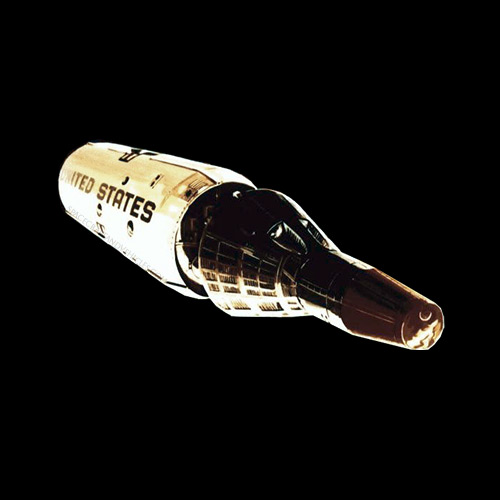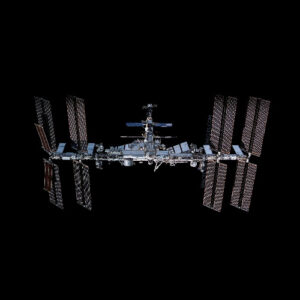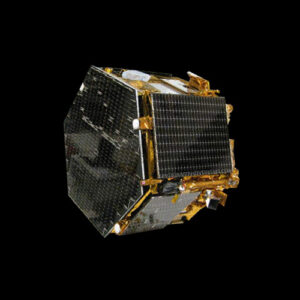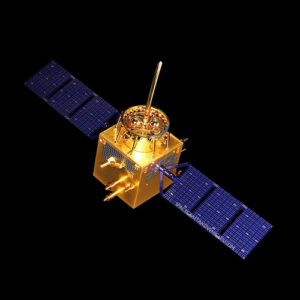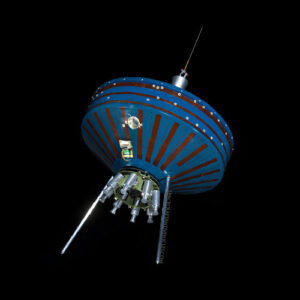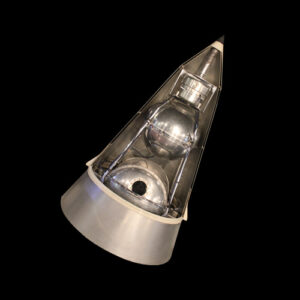The Manned Orbiting Laboratory (MOL) program, initiated by the United States Air Force (USAF) in the 1960s, represented a pioneering effort in human spaceflight and reconnaissance technology. Designed to serve as a crewed space station with military reconnaissance capabilities, MOL aimed to advance national security objectives and provide crucial intelligence gathering capabilities from orbit. Although the MOL program was ultimately canceled before any crewed missions were flown, it laid the groundwork for future developments in space reconnaissance and human spaceflight, leaving a lasting legacy in the annals of space history.
Design and Construction
The Manned Orbiting Laboratory featured a compact design, optimized for crew comfort, reconnaissance operations, and scientific research in space. The spacecraft comprised pressurized modules for crew habitation and operations, as well as unpressurized sections housing reconnaissance equipment and instruments.
Constructed from lightweight yet durable materials, MOL prioritized functionality, reliability, and adaptability for its mission requirements. Advanced life support systems provided a habitable environment for crew members, while state-of-the-art reconnaissance technology allowed for imaging and data collection from Earth orbit.
Mission Objectives
- The primary objective of the Manned Orbiting Laboratory was to conduct reconnaissance operations from space, gathering intelligence and imagery for national security purposes.
- Secondary objectives included scientific research in microgravity conditions, technology demonstration, and crew training for future space missions.
Launch and Deployment
- MOL spacecraft were planned to be launched into orbit atop Titan III rockets from Cape Canaveral Air Force Station in Florida.
- Crewed missions were intended to be launched on a regular basis to operate the laboratory and conduct reconnaissance operations.
Technical Specifications
- Power Source: Solar panels provided electrical power for onboard systems, supplemented by backup batteries.
- Instruments: MOL was equipped with advanced reconnaissance equipment, imaging systems, and scientific instruments tailored for its mission objectives.
Current Status
Despite extensive development and preparation, the Manned Orbiting Laboratory program was canceled in 1969 before any crewed missions were flown. The decision to terminate the program was influenced by budgetary constraints, shifting national priorities, and the emergence of alternative reconnaissance platforms.
Although MOL never achieved its operational objectives, the program contributed valuable lessons and technological advancements to the fields of human spaceflight and reconnaissance. Many of the concepts and technologies developed for MOL were later incorporated into other space programs, including NASA’s Skylab and Space Shuttle programs, as well as military reconnaissance satellite systems.
